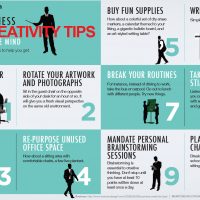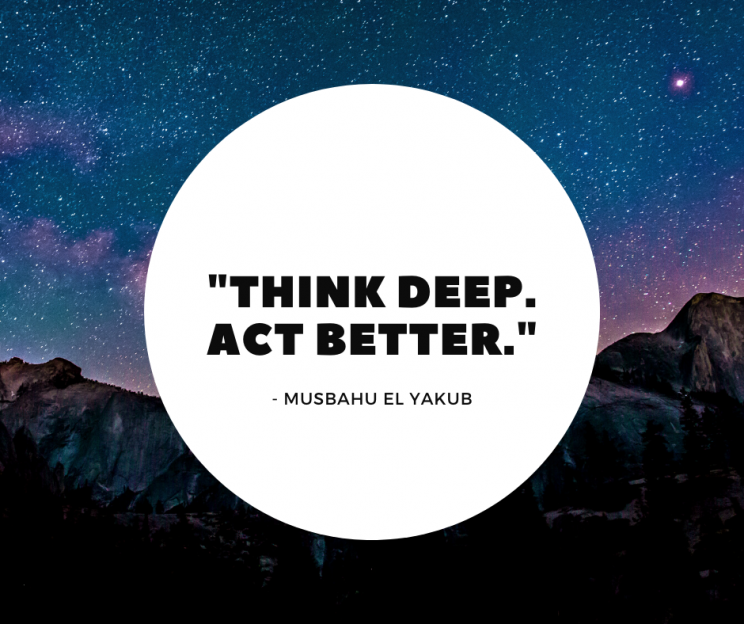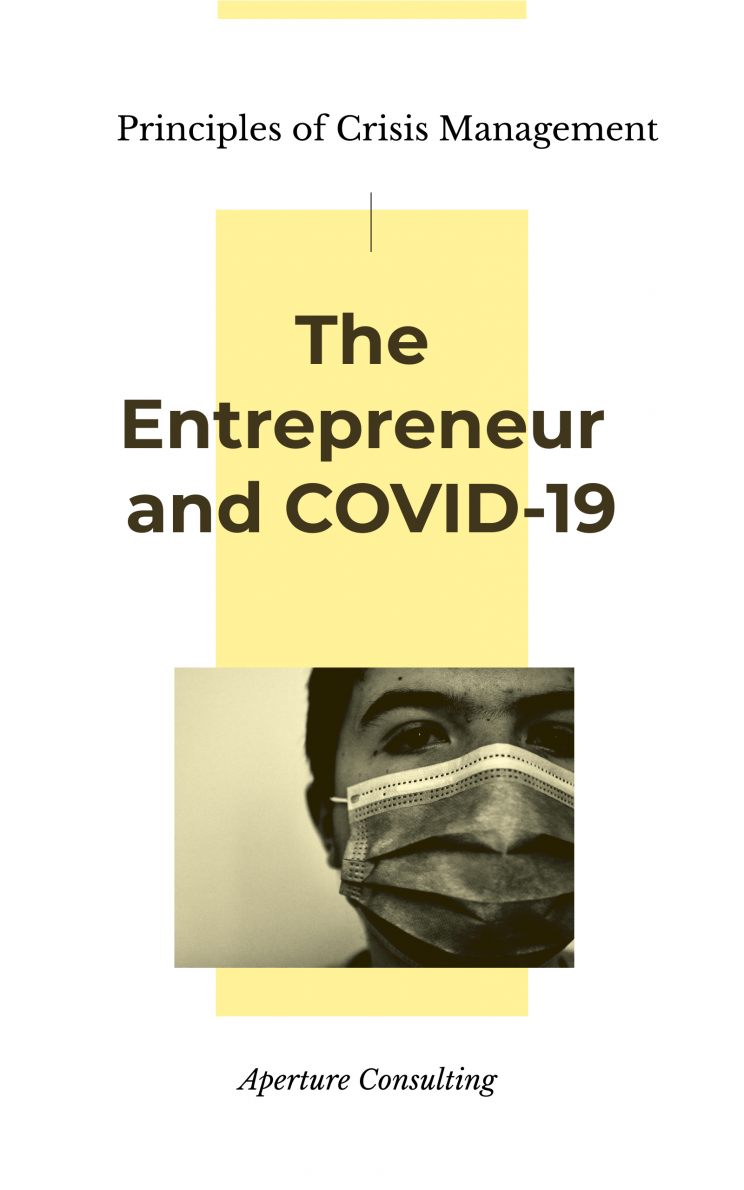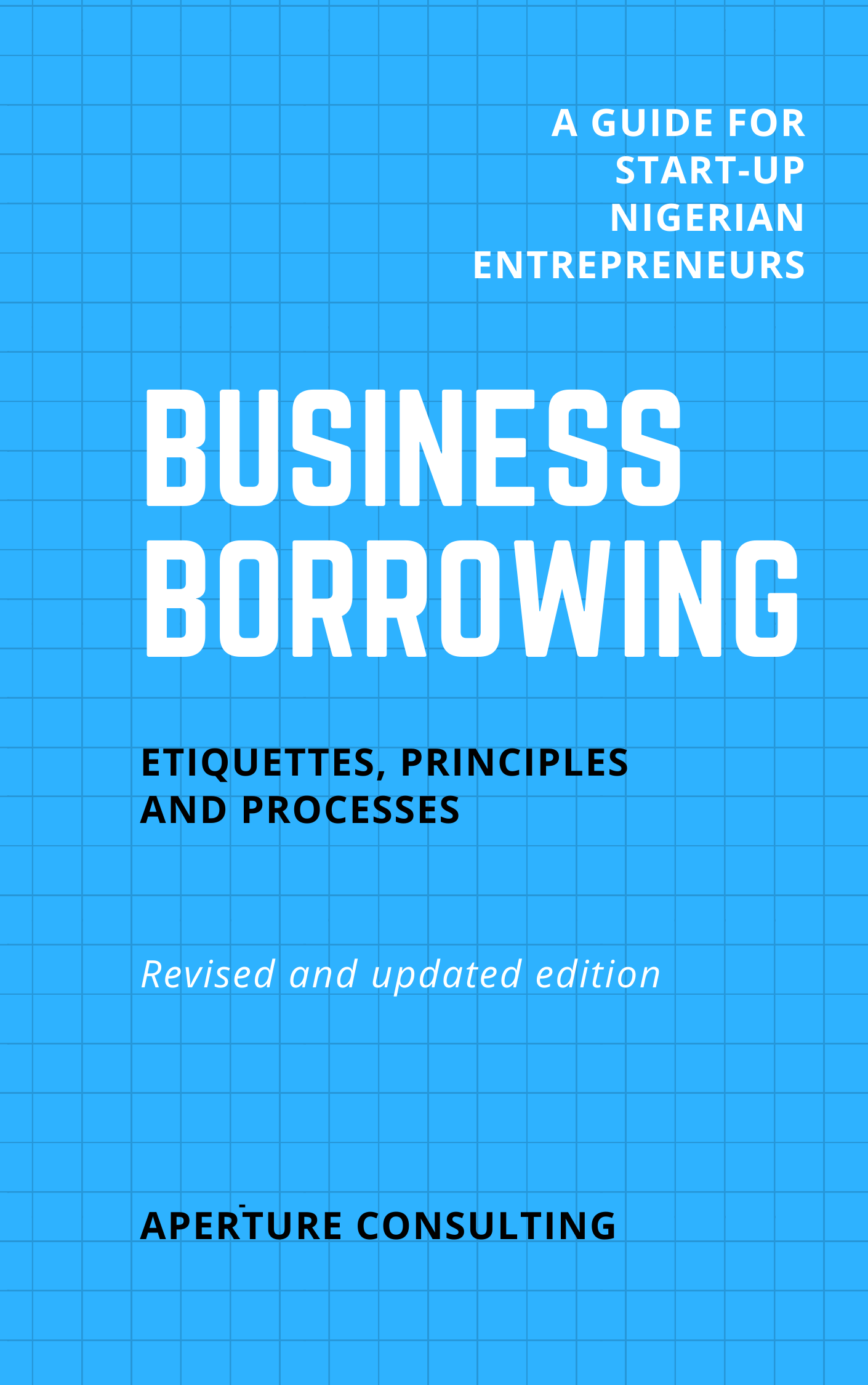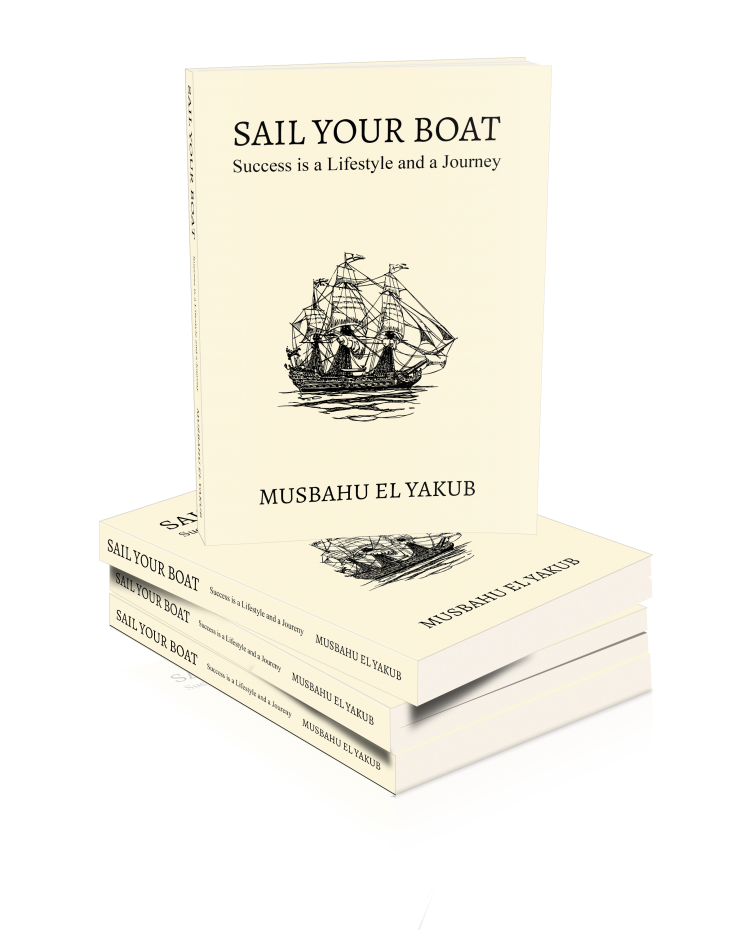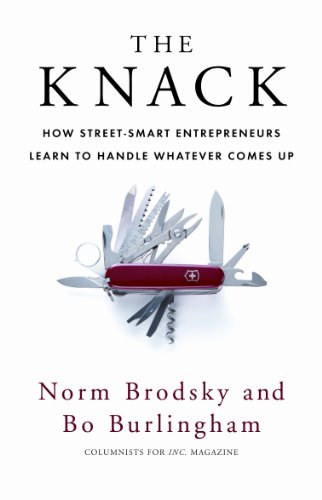Continued . . .
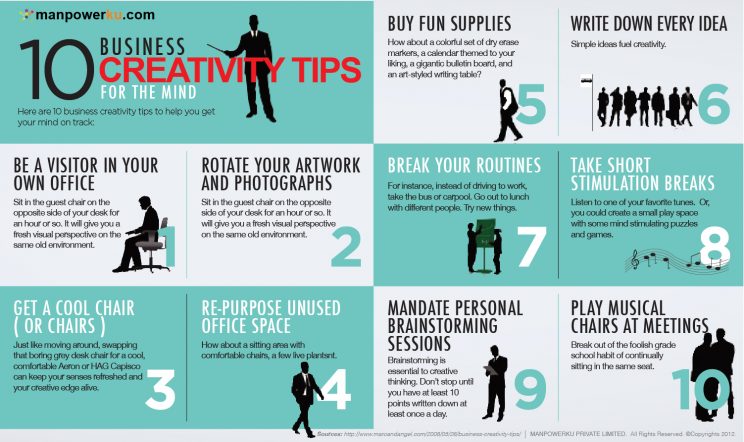
(Credit: hrtalks.manpowerku)
How to foster a culture of creativity in your organization: A number of large multi-national corporations and several quite unknown local companies are extremely good in creativity. You will always recognise such organisations when you cross their path or talk to their customers. Google and Apple are two such multinationals, whilst lesser known local companies operating all over the world in food production, delivery services, garment marking etc. are equally relentless in fostering creativity and innovation in their various industries.

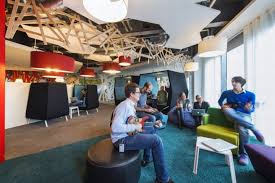 Google is known to encourage creativity through several measures that they put in place. For instance, they employ brilliant and out-spoken people who are confident of expressing their ideas no matter how far-fetched they might initially seem. Their employees are entitled to using up to 20% of their work/paid time to do whatever they wish. They also provide services to their staff on-site such as laundry, free access to gym, almost limitless meals and coffee bars, bikes, car sharing services etc,. These are all aimed at de-stressing the employees and ensuring that they are sufficiently focussed on the job at hand. They also frequently engage outside professionals and experts from various ‘un-related’ fields to discuss issues. Google’s various offices and campuses are both epitomes of work and play. They are specially designed and built around the globe to reflect the company’s overarching philosophy, “to create the happiest, most productive workplace in the world.”
Google is known to encourage creativity through several measures that they put in place. For instance, they employ brilliant and out-spoken people who are confident of expressing their ideas no matter how far-fetched they might initially seem. Their employees are entitled to using up to 20% of their work/paid time to do whatever they wish. They also provide services to their staff on-site such as laundry, free access to gym, almost limitless meals and coffee bars, bikes, car sharing services etc,. These are all aimed at de-stressing the employees and ensuring that they are sufficiently focussed on the job at hand. They also frequently engage outside professionals and experts from various ‘un-related’ fields to discuss issues. Google’s various offices and campuses are both epitomes of work and play. They are specially designed and built around the globe to reflect the company’s overarching philosophy, “to create the happiest, most productive workplace in the world.”
To engender creativity as a corporate culture, the entrepreneur must take deliberate measures such as:
- Attract the right people: This is the very first action you must take. Ensure that you attract people who have the basic tendencies, inclinations, desires, and capability to be creative. It could be from their past training, experience or passion. In attracting the right people, you have to monitor and continuously bridge what is knows as the ‘creativity gap’. In this regard, it has been established that intersection of different disciplines and experiences is a wonderful pot for creativity in an organization. Encouraging diversity will ensure that you have sufficient pool of people with convergent and divergent thought capabilities who can cultivate a culture of creativity.
Phoebe Cade Miles says about Gatorade, the popular drinks of athletes, “The invention of Gatorade is a perfect example of a creative collision. It took experts from two seemingly unrelated subjects, nephrology and football, to bring about the completely new category of sports beverages.”
- Create a structure and enabling environment: A structure that will make creativity flourish without suffocating it is a must if your organisation is to develop a passion and culture for creativity. The structure must help and support people in solving problems in the most creative of ways. Work environment, work scheduling, reward schemes, etc. all contribute in no small measure towards engendering a culture of creativity in an organisation. The wrong physical environment can suffocate creativity. So will a non-conducive social environment. At a study at the University of Exeter, it was concluded that excellence in creativity is encouraged by opportunities; encouragement; training; motivation, and practice. This also involves the corporation’s attitude to risk. How you manage your business risks and handle occasional failures is key to keeping your people guided yet enthusiastic.
- Teach creativity: Creativity can be taught at different stages of our lives and in different ways. Learning directly from others (‘the masters!’); learning new hobbies; learning new skills, travels, etc. can all open our minds to apply what we already know and come up with creative solutions. Encourage your people to regularly meet and ‘brainstorm’ on issues. Impose certain constraints that will deepen their thinking. For instance if you want to develop a product, you might impose a condition that it must be from recyclable materials and of a certain maximum weight. In such sessions, people should be reminded that there are no silly or stupid suggestions, ideas or concepts.
- Support your people to develop creative behaviours: As demonstrated by Clayton M. Christensen and his researchers (The Innovators DNA), the ability to generate innovative ideas (read ‘creative’) is a function of both the mind and five key behaviours. These behaviours optimise the performance of our minds for new discoveries. They are:
- Associating (the ability to draw connections between questions, problems, or ideas from unrelated fields),
- Questioning (the willingness to challenge common and accepted wisdom),
- Observing (the fortitude to scrutinise the behavior of customers, suppliers, and competitors to identify new and better ways of doing things),
- Networking (the desire to meet people with different ideas and perspectives),
- Experimenting (constructing interactive experiences and provoking unorthodox responses to see what insights emerge).
In supporting your people to be creative by adopting the above behaviours, you could also encourage them to change the way they work, when they work, how they work and even ehere they work. Change of perspectives and situations refreshes and invigorates our creative capabilities.
- Timelessness: As long as your organisation exists and hopes to continue to succeed, it is the responsibility of its leadership to ensure that a robust culture of creativity is sustained at all times. This is the reason you see various companies, from Samsung to Toyota, constantly raising the standards of creativity and innovation on their own. This is necessary for their survival and success, as becoming complacent will spell imminent doom for them.
When HP was started in a garage, they had what they called the Rules of the Garage. It went as:
Believe you can change the world.
Work quickly, keep the tools unlocked, work whenever.
Know when to work alone and when to work together.
Share – tools, ideas. Trust your colleagues.
No politics. No bureaucracy. (These are ridiculous in a garage.)
The customer defines a job well done.
Radical ideas are not bad ideas.
Invent different ways of working.
Make a contribution every day. If it doesn’t contribute, it doesn’t leave the garage.
Believe that together we can do anything.
Invent.
